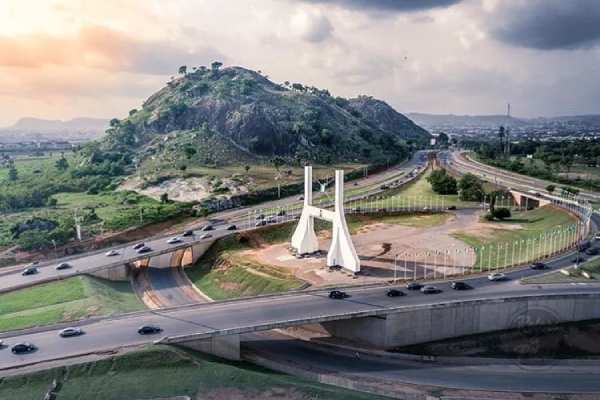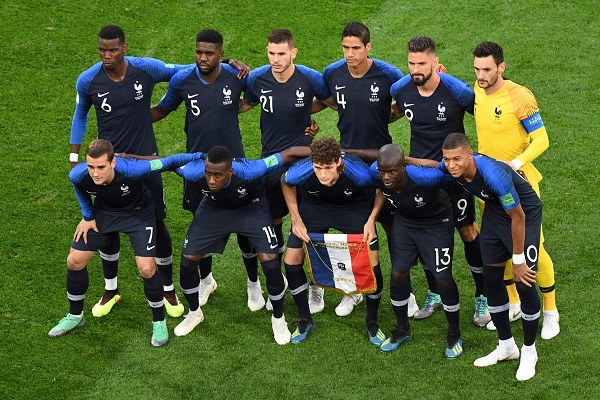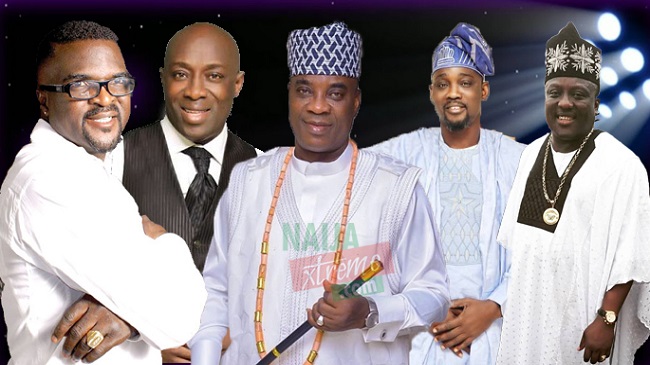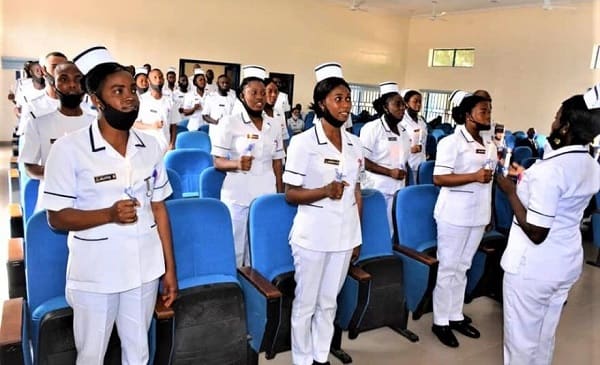Cities In Abuja Federal Capital Territory (FCT)
Abuja which is the Federal Capital Territory and the central city in Nigeria was formed in the 1980s. It superseded Lagos which used to be and still is the most populated city in the country.
Abuja was made the nation’s capital on 12 December 1991. Here is a List Of Cities In Abuja Federal Capital Territory (FCT).

Dimensions of Abuja
The geology of Abuja is marked by the Aso Rock, which is a 400-meter (1,300 ft) stone monument that was created by water disintegration in the area.
To the south of the Aso Rock are the Presidential Complex, the Supreme Court, the National Assembly, and some other regions of the capital. To the North is the Zuma Rock, a 792-meter (2,598 ft) stone monument, formed on the interstate road to Kaduna.
Brief History Of Abuja
As of the twentieth century, Abuja was formerly known as Suleja, which is the name of a close-by city. The indigenous residents are the Gbagyi or Gwari people.
The city had many languages in its locale, with the Gbagyi language being the major language, while the others in the zone included Bassa, Gade, Gwandara, Koro, and Dibo. All these contributed to aggregating the list of cities in Abuja.
Due to the diverse ethnic and religious groups in Nigeria, there have been plans to have a State capital unbiased to all ethnic groups and close to all the states of the country.
This had existed since Nigeria regained its freedom through independence. This plan was achieved as an area was assigned in the Central part of the nation (the focal point) in the mid-1970s, which meant neutrality and national unity.
Again, another move was started to move the capital to Abuja because of the population explosion of Lagos which caused it to be overcrowded and uneasy to access.
The overpopulation occurring in Lagos during that time was caused by monetary evolution and financial developments. The Nigerian government wanted to widen the economy while maintaining the internal peace of the nation, so they subsequently chose to move the capital to Abuja. The system which they used to do this was the same as the way the Brazilian capital, Brasília was formed.
This capital movement was sealed and made by General Murtala Mohammed in 1976. Other construction processes to fit Abuja into a befitting capital started in the late 1970s.
However, the construction of the underlying phases of the city was not completed until 1991 because of financial and political instability in the country.
List Of Cities In Abuja Federal Capital Territory (FCT)
During the National population census made in the 2006 census, Abuja recorded a populace of 776,298. This made it rank as one of the ten most crowded urban areas in the country.
According to the United Nations reports, Abuja expanded by 139.7% between 2000 and 2010 causing it to fall as one of the quickest developing cities in the world.
Here is a list of cities in Abuja Federal Capital Territory (FCT)
Asokoro
Asokoro town is the city where the Presidential house and the Aso Rock are located. The ECOWAS secretariat is situated here also.
Most of the highly esteemed citizens, top government authorities, and clerics among others live in Asokoro. It is a high-class region and as such has tight security.
The major roads in Asokoro are the Julius Nyerere sickle, Kwame Nkrumah bow, Maitama Sule Road, Murtala Mohammed Way, Nelson Mandela Road, and Yakubu Gowon Crescent.
Bamburu
Bamburu is a city found in Gwagwala, with topographical marks as 9° 7′ 18″ North, 7° 8′ 36″ East.
Garki
Garki is currently the most business-minded area of Abuja, housing the overall post workplace, including the Abuja International Conference Center located on Herbert Macaulay Way, Nicon Luxury Hotel otherwise known as Abuja Sofitel Hotel and Le Meridian, Agura edifice, the recent Federal Secretariat Building (Area 1), The Nigerian Army Headquarters, Airforce, and Navy Headquarters. The Radio House is the tallest structure in Garki.
Gwagwalada
Gwagwalada is an area in the Federal Capital Territory of Nigeria. It is also one of the busy towns here with a zone of 1,043Km² and a populace of 157,770 during the 2006 census.
Gwarinpa
Gwarinpa to some is the primary region of commerce and a hive of activities. The town is claimed to be the most attractive place to individuals searching for residential areas in Abuja. It takes about 30 minutes to get to Gwarinpa from the focal business locale of Abuja.
The Abuja Airport is the nearest airline in Gwarinpa measuring about 20Km from Gwarinpa. Buses, vehicles, trains, cabs, taxis, and other contracts are easily accessible and the tourist attractions from other towns are within reach here.
Jikwoyi
Jikwoyi is one of the developing cities in the Federal Capital Territory, (FCT) Abuja. It is under the Abuja Municipal Area Council (AMAC) of the Federal Capital Territory.
Karshi
Just like Jikwoyi, Karshi is a satellite city situated in the Abuja Municipal Area Council (AMAC) of Nigeria.
Karu
The Karu Urban Area is a city significantly located in the Nasarawa state of Nasarawa, though some parts of the region extend into Abuja, and that is why it was mentioned here.
Kubwa
Kubwa is a city in Bwari Local Government Area of Abuja. It is one of the big cities in the metropolitan and has been in existence since 1990. It is seen as one of the biggest cities in West Africa.
Kurunduma
Kurunduma is situated in Abuja Municipal region, around the Asokoro Area. It is an aggregation of towns and urban cities in Abuja’s metropolitan region.
Maitama
Maitama is in phase 1 development of Abuja. Most of the international ambassadors and high commissioners are residents here. It is very expensive to live in Maitama, added that it is selective for its tenants.
Mararaba
Mararaba is the second most populated city in Abuja after Gwagwalada with the district code name of Africa/Middle East. Its populace is about 102,780 and is located roughly 292 meters above ocean level.
Masaka
Masaka is another city in the Karu Local Government Area of Nasarawa State. It is one of the cities that major the structures of the Karu urban zone. There is a population blast in this city due to the conurbation of the urban territorial zones.
The urban territory expanded due to the development of monetary, managerial, and other exponential exercises in Abuja.
New Nyanya
New Nyanya is among the cities in Nasarawa State that sprawled into the Federal Capital Territory (FCT). New Nyanya is considered approximately one of the major regions of the metropolitan zone of the Federal Capital Territory (FCT).
Wuse
Wuse is separated into seven regions (Zones 1 – 7). There is also a region known as Wuse II which is not the same as Wuse Zone 2. Wuse II is an area on its own in Abuja, though all the Wuse zones 1-7 are cities in Abuja.
Yoba
Yoba is another populated city in Robbochi, Kuje Local Government Area of Abuja.
Read Also: Regulatory Bodies In Nigeria and Their Functions
Zuba
Zuba is a blooming city under the Gwagwalada Local Government Area. It has boundaries with Madalla in Niger State and also on the main expressway leading to Kaduna and Kano as well as Lokoja, Kogi State, to other states in the south.


![10 Richest Celebrities in India [2024 Updated]](https://naijaxtreme.com/wp-content/uploads/2024/04/richest-celebrities-in-india_132.jpg)
![How To Use ChatGPT To Create Quality Content [+FAQs]](https://naijaxtreme.com/wp-content/uploads/2023/03/how-to-use-chatgpt-to-create-quality-content-img_19224-min.jpg)



